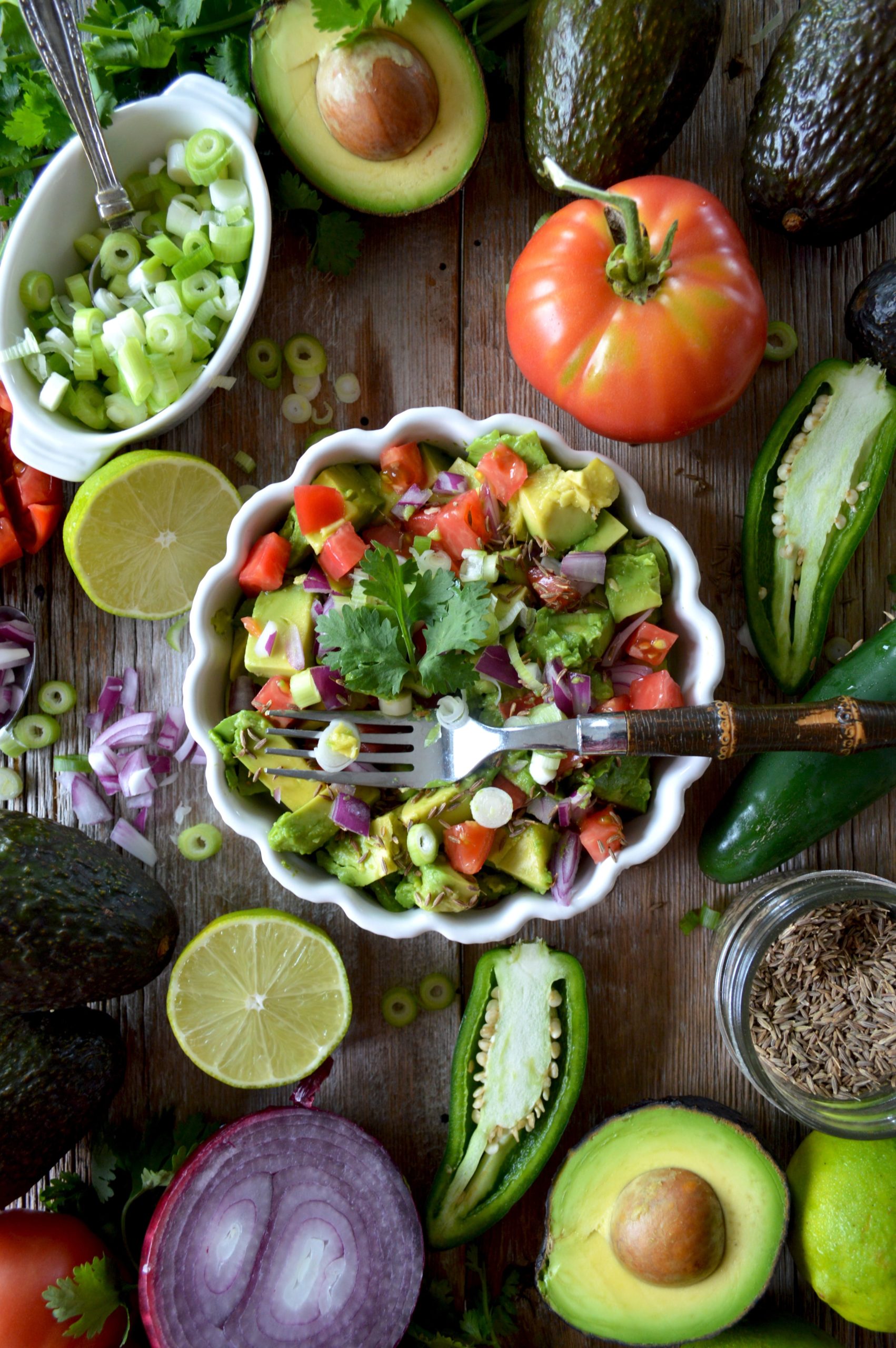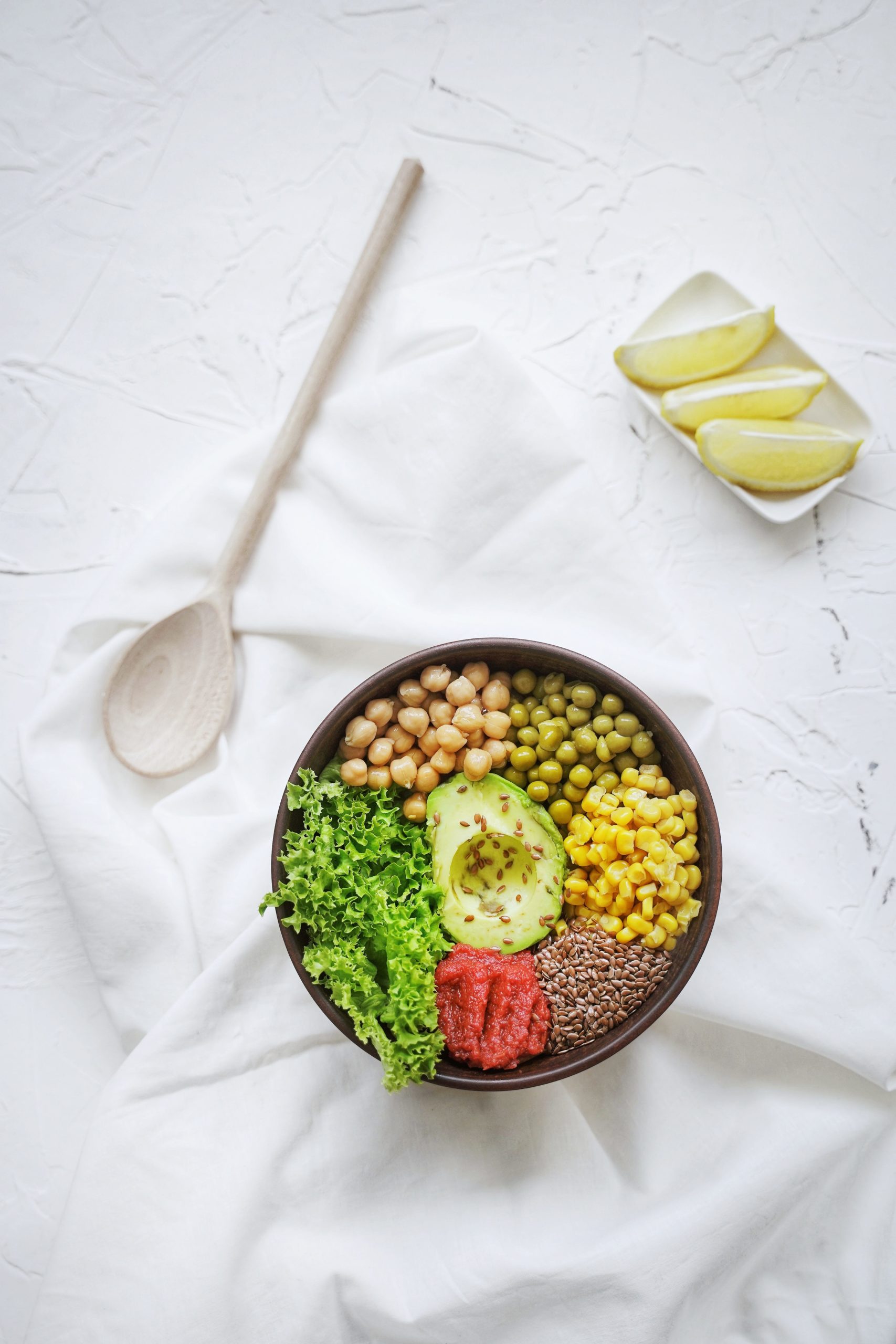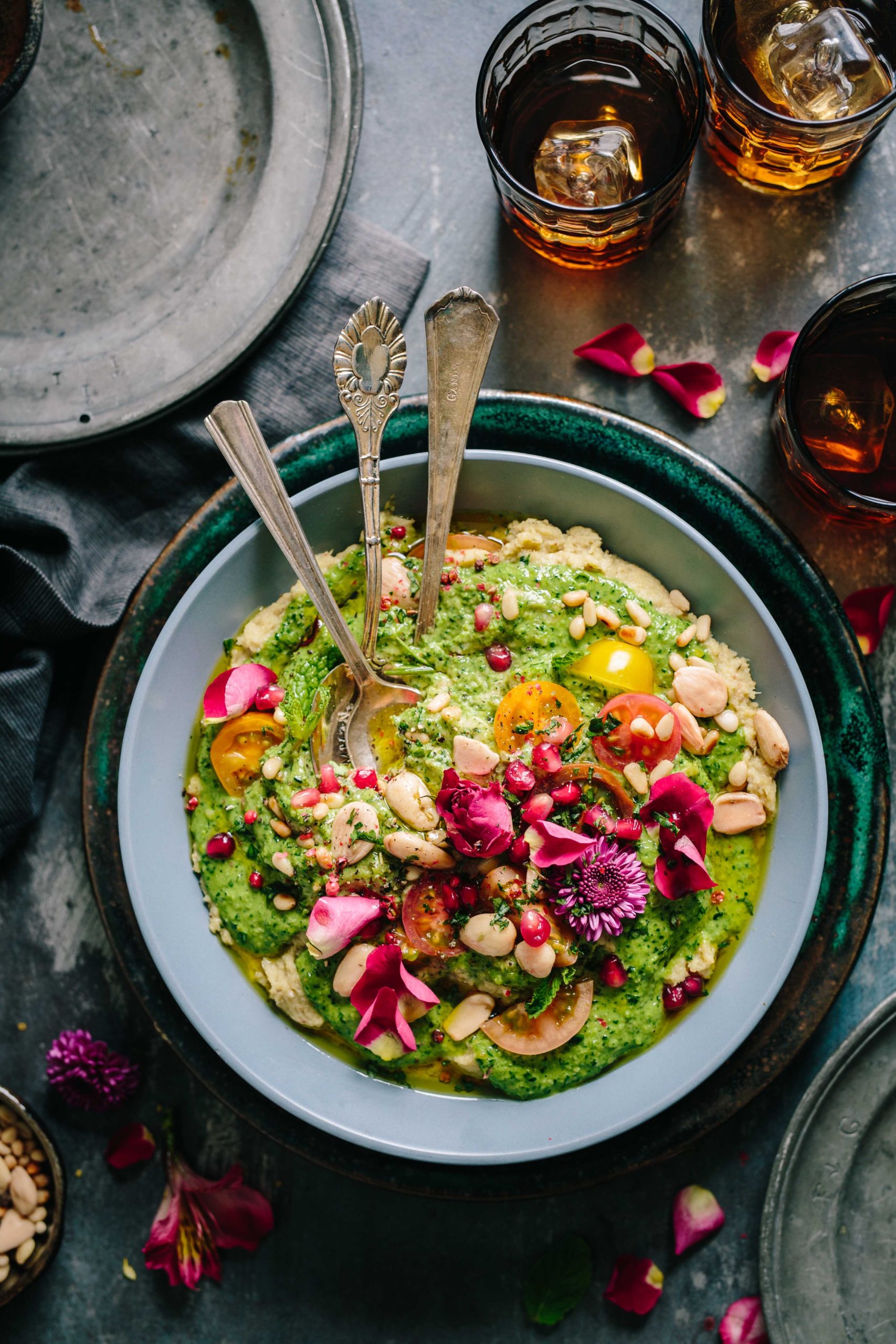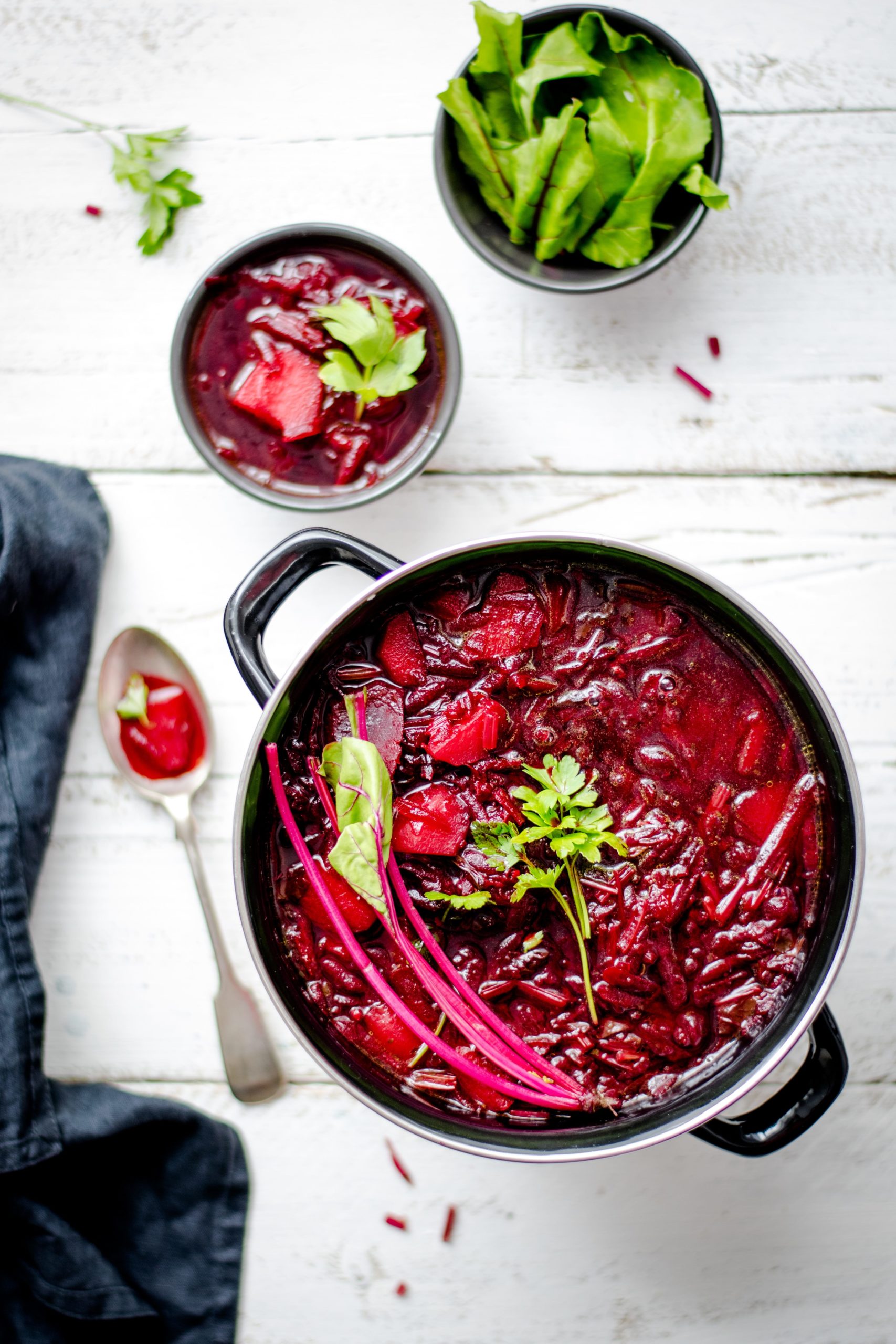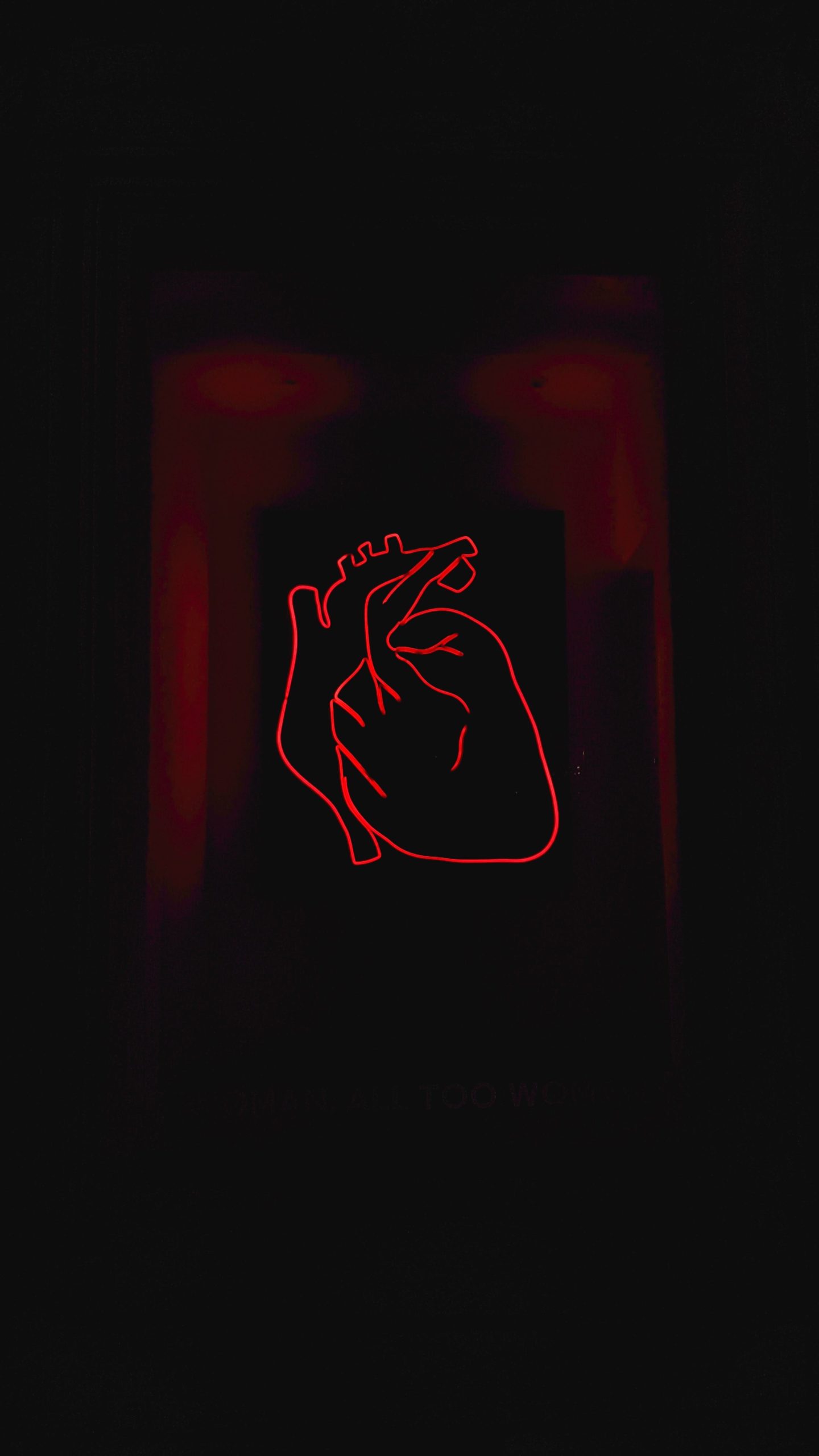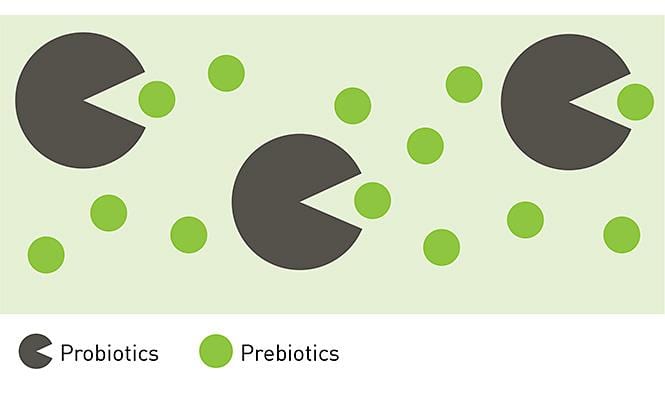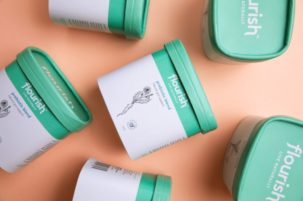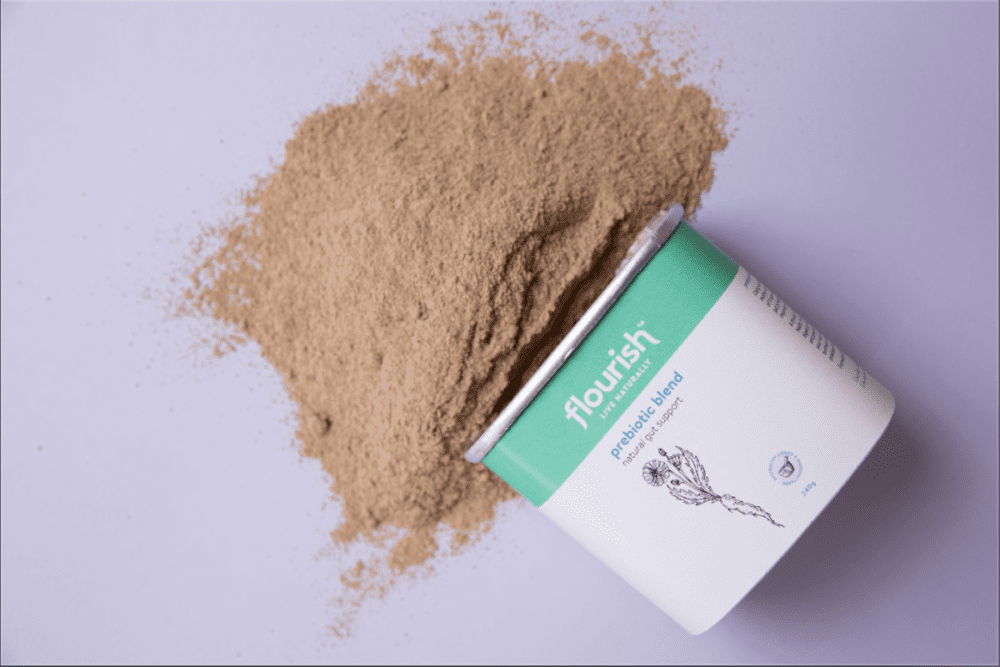What is Arthritis?
Arthritis is a condition that causes pain and stiffness within joints. There are over 100 different types of arthritis, each with a slightly different presentation that involve different parts of the body.
The most common forms of arthritis are osteoarthritis and rheumatoid arthritis.
Osteoarthritis
Osteoarthritis (OA) is mainly due to wear and tear. It is caused by joints having to work too hard. Think of it like the brake pads in your car – after time and distance, they begin to deteriorate and need replacing. Luckily, you are able to take your car to the mechanic to have your brakes replaced. Unfortunately, that is not as easily done if a joint wears out. While some joints can be surgically replaced, this is only done as a last resort.
Osteoarthritic joints cause pain and stiffness, and, as a result, people who have this condition can find simple tasks that they once performed easily, now painful and tiring. The pain is caused by low-grade inflammation, and this is where the Flourish turmeric blend comes into play. Take 1 teaspoon 1 to 3 times a day, or until the pain has reduced. Then take 1 teaspoon per day for maintenance.
Rheumatoid Arthritis
Rheumatoid Arthritis (RA) is an autoimmune problem. The immune system sees the joint tissues as non-self, or as a foreign tissue that needs to be removed from the body. In RA, the joints are often swollen, red and very painful. The pain can be unrelenting, and oftentimes there are many accompanying issues.
The treatment regime will often be anti-immune system medications, which try to dampen down the response by the immune system. Whilst these drugs are often extremely helpful, they are not without nasty side-effects, especially to the liver. This is where our daily detox blend can help. This will help support the liver and protect the liver cells from damage. As for the inflammation, our turmeric blend is a wonderful product to accompany any other treatments. When treating RA, we recommend taking a minimum of 2 teaspoons per day: 1 teaspoon with breakfast, and another at night with dinner. If there is no significant reduction in pain, try adding another teaspoon with lunch.
Foods that Harm
- Gluten
- Alcohol
- Processed and Packaged Food
- Sugar
- Red Meat
- Bacon
- Dairy
- Fried Foods
- Tobacco
- Preservatives
- Corn Oil
Foods that Heal
- Green Leafy Vegetables
- Ginger
- Turmeric
- Broccoli
- Garlic
- Walnuts
- Avocado
- Berries
- Cherries
- Red Grapes
- Kiwi Fruit
Exercise
Exercise helps tremendously, also, and is just as important as diet. Whilst it may be painful to move, it is important to find an exercise regime that you are able to maintain so as not to loosen the condition of the surrounding muscles. The stronger you are, the better your body is able to cope. Swimming and walking are two easy exercises to incorporate into your daily living.
While we know our supplements can dramatically help in managing both types of arthritis, we strongly recommend overhauling your complete lifestyle through food and exercise, especially when treating RA.

